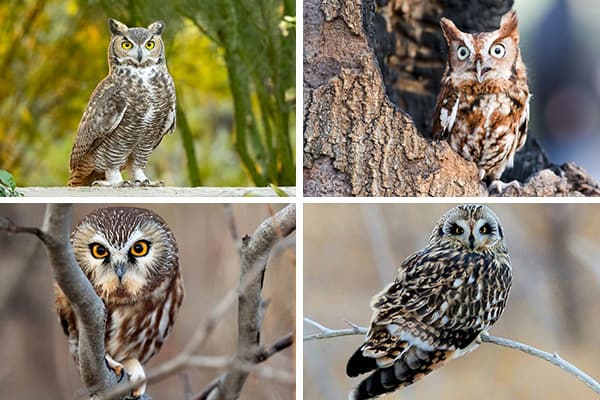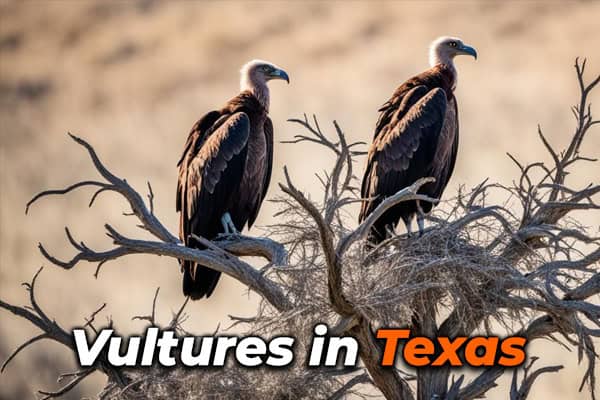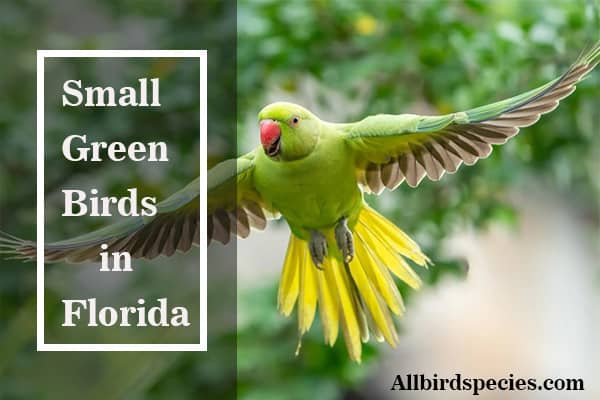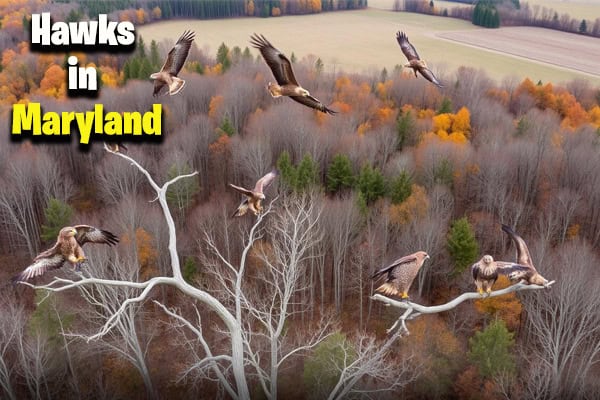9 Species Of Hawks in Mississippi (ID Guide With Photos)
Mississippi is home to a diverse range of hawks, each with unique characteristics and roles in the ecosystem. These majestic birds of prey are fascinating to observe and study, as they soar through the skies or perch silently, watching for prey. This article will introduce you to some of the most common hawks found in Mississippi, detailing their physical features, habitats, and behaviors.
1. Broad-winged Hawk
- Scientific Name: Buteo platypterus
- Size: 13-17 inches
- Weight: 9-20 ounces
- Lifespan: Up to 12 years
- Diet: Small mammals, amphibians, insects
The Broad-winged Hawk is a small to medium-sized hawk known for its incredible migratory patterns. Every year, these hawks travel thousands of miles from North America to South America, creating a spectacular sight known as a “kettle” when they gather in large groups.

Broad-winged Hawks are often found in forests and woodlands, where they hunt from perches. In Mississippi, they are most commonly seen during migration periods in spring and fall. Their sharp calls and broad, rounded wings make them easy to identify.
2. Cooper’s Hawk
- Scientific Name: Accipiter cooperii
- Size: 14-20 inches
- Weight: 8-24 ounces
- Lifespan: Up to 12 years
- Diet: Small to medium-sized birds, small mammals
Cooper’s Hawk is a medium-sized bird of prey with a reputation for agility and speed. They are skilled hunters, often seen darting through trees in pursuit of smaller birds.

These hawks are adaptable and can thrive in both wooded areas and suburban environments. Their slate-gray coloring and long tails help them blend into the shadows as they hunt. Cooper’s Hawks are known for their stealth and precision, making them formidable predators.
Hawks in other Regions:
3. Northern Harrier
- Scientific Name: Circus hudsonius
- Size: 18-20 inches
- Weight: 10-26 ounces
- Lifespan: Up to 16 years
- Diet: Small mammals, birds, reptiles
The Northern Harrier is a unique hawk with an owl-like face and a distinctive flying style. They are often seen gliding low over fields and marshes, searching for prey.

Northern Harriers are known for their keen hearing, which they use to locate prey hidden in vegetation. Their white rump patch is a key identifying feature. In Mississippi, they can be found in open areas where they hunt using their acute senses.
4. Red-tailed Hawk
- Scientific Name: Buteo jamaicensis
- Size: 18-26 inches
- Weight: 1.5-3.5 pounds
- Lifespan: Up to 20 years
- Diet: Small mammals, birds, reptiles
The Red-tailed hawk is one of the most recognizable hawks in North America. Known for its distinctive red tail, this large hawk is a common sight in Mississippi.
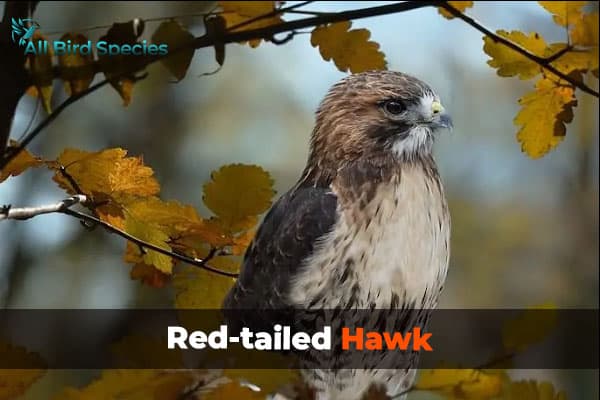
Red-tailed Hawks are versatile hunters and can adapt to various habitats, from forests to deserts. They often perch on telephone poles or trees, scanning for prey. Their loud, screeching call is often used in movies to represent all birds of prey.
5. Red-shouldered Hawk
- Scientific Name: Buteo lineatus
- Size: 17-24 inches
- Weight: 1-1.5 pounds
- Lifespan: Up to 15 years
- Diet: Small mammals, amphibians, reptiles
The Red-shouldered Hawks of Mississippi is known for its striking plumage and loud calls. These hawks are often found near water, such as rivers and swamps.

Red-shouldered Hawks have bold, patterned feathers with reddish shoulders and barred tails. They are highly vocal, especially during the breeding season. In Mississippi, they thrive in wooded areas with plenty of water sources.
6. Sharp-shinned Hawk
- Scientific Name: Accipiter striatus
- Size: 9-13 inches
- Weight: 3-8 ounces
- Lifespan: Up to 10 years
- Diet: Small birds, occasionally insects
The Sharp-shinned Hawk is the smallest hawk in North America, known for its swift flight and agility. These hawks are adept at hunting in dense forests.
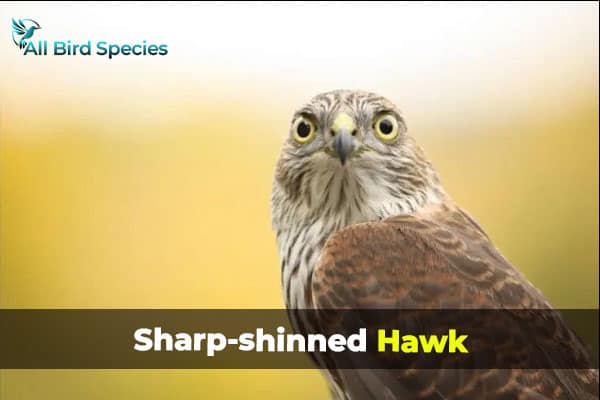
These hawks have short, rounded wings and long tails, which aid in maneuvering through trees. Sharp-shinned Hawks are often seen darting after songbirds, their primary prey. They are secretive but can be observed during migration periods in Mississippi.
7. Rough-legged Hawk
- Scientific Name: Buteo lagopus
- Size: 18-24 inches
- Weight: 2-3 pounds
- Lifespan: Up to 18 years
- Diet: Small mammals, especially voles
Rough-legged Hawks are unique among hawks due to their feathered legs. These large birds are often seen soaring over open fields and tundra.
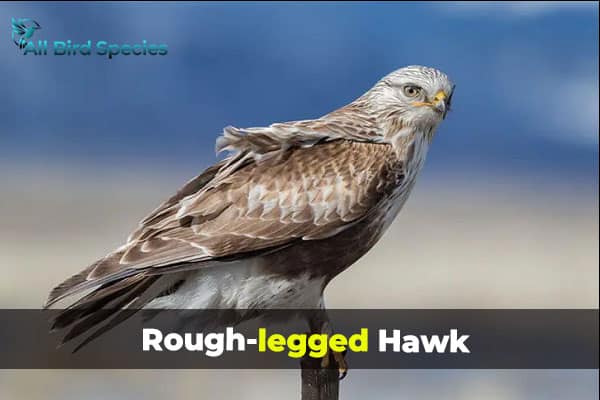
Rough-legged Hawks are migratory, spending summers in the Arctic and winters in more temperate regions, including parts of Mississippi. They have a distinctive hovering flight pattern and are often seen perched on fence posts.
8. Swainson’s Hawk
- Scientific Name: Buteo swainsoni
- Size: 18-22 inches
- Weight: 1.5-2.5 pounds
- Lifespan: Up to 16 years
- Diet: Insects, small mammals, reptiles
Swainson’s Hawk is a large bird of prey known for its long-distance migrations from North America to South America.
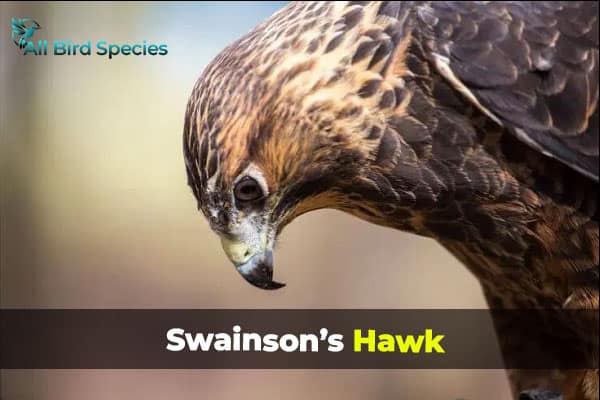
These hawks have a unique diet that shifts seasonally, consuming mainly insects during the summer. Swainson’s Hawks are often seen soaring in groups during migration. In Mississippi, they are usually observed during their migratory journeys.
9. Osprey
- Scientific Name: Pandion haliaetus
- Size: 20-26 inches
- Weight: 2-4.5 pounds
- Lifespan: Up to 20 years
- Diet: Fish
The Osprey is a large raptor with a diet almost exclusively consisting of fish. They are often seen near bodies of water, where they dive to catch their prey.
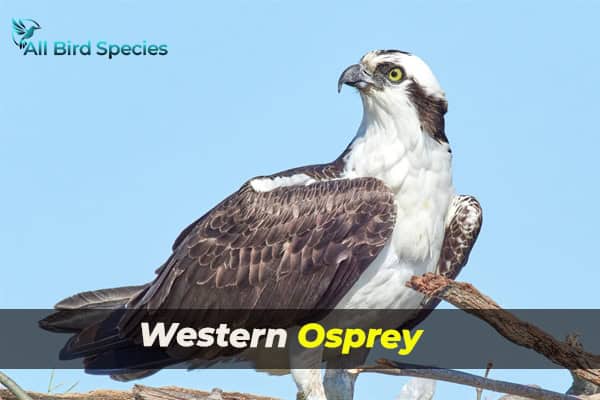
Ospreys are known for their dramatic hunting style, diving feet-first into water. They have a distinctive appearance with white underparts and a dark eye stripe. In Mississippi, Ospreys are commonly found near lakes, rivers, and coastal areas.
Read More🐦Related Articles:
| Black Birds in Michigan |
| Birds With Orange Beaks |
| Bluebirds in Indiana |
| Swan Spiritual Meaning |
| Small Birds With Long Necks |
Conclusion
These magnificent hawks play crucial roles in maintaining the balance of nature in Mississippi. Observing them can provide insights into the health of the environment and the interconnectedness of ecosystems. Whether you’re a bird enthusiast or just curious about nature, the hawks of Mississippi offer a fascinating glimpse into the beauty and complexity of the natural world.


